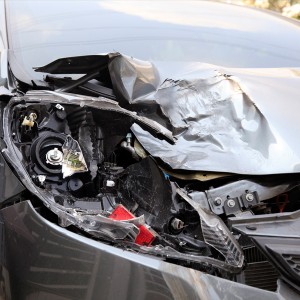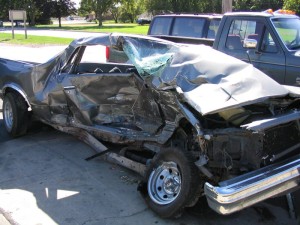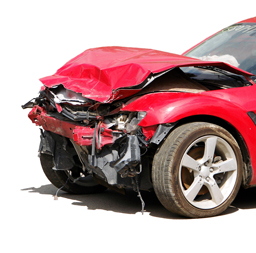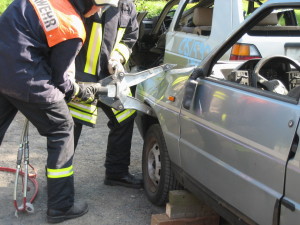Possible Safety Issues Regarding Protective Features Such as Airbags and Seatbelts You Should Be Aware Of
When a head-on collision occurs, the front seat occupants are rapidly propelled forward towards the windshield. In order to prevent someone from going through the windshield, most cars have two important safety features, the seatbelt, which must be buckled to be effective, and airbags, which react automatically to a crash and open by themselves. Seatbelts and airbags have made driving safer and do their part in protecting people well in most cases.
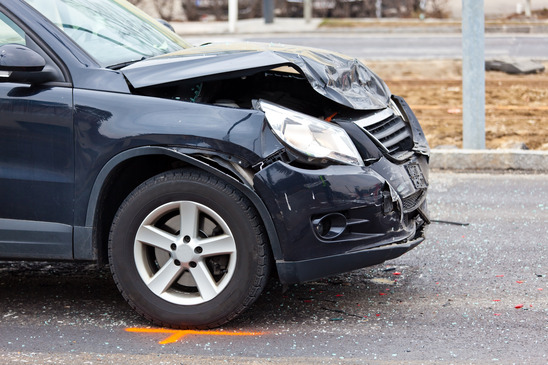
However, you should note that these safety features can also cause injuries of their own. When an airbag deploys, it opens very quickly with a lot of impact. It is designed to do that to protect drivers and passengers as fast as possible to quickly “pillow” the occupants of the car from as much of the crash impact as they can. However, being struck by an airbag can feel like a major impact of its own, especially to a person who has never had an airbag open on them. Getting struck by an airbag in action mode may result in ancillary injuries, especially ears and eyes before the impact lessens and it goes into “pillow” mode. If small or petite individuals are struck by a deploying airbag, more serious injuries can occur. That’s why people are advised to have children ride in the back seat. Another problem with airbags is sometimes they are defective or installed incorrectly and fail to go off altogether and the driver and passenger in the front seats may hit the window, which can cause extremely serious “life or death” types of injuries.
 Miami Personal Injury Attorney Blog
Miami Personal Injury Attorney Blog





